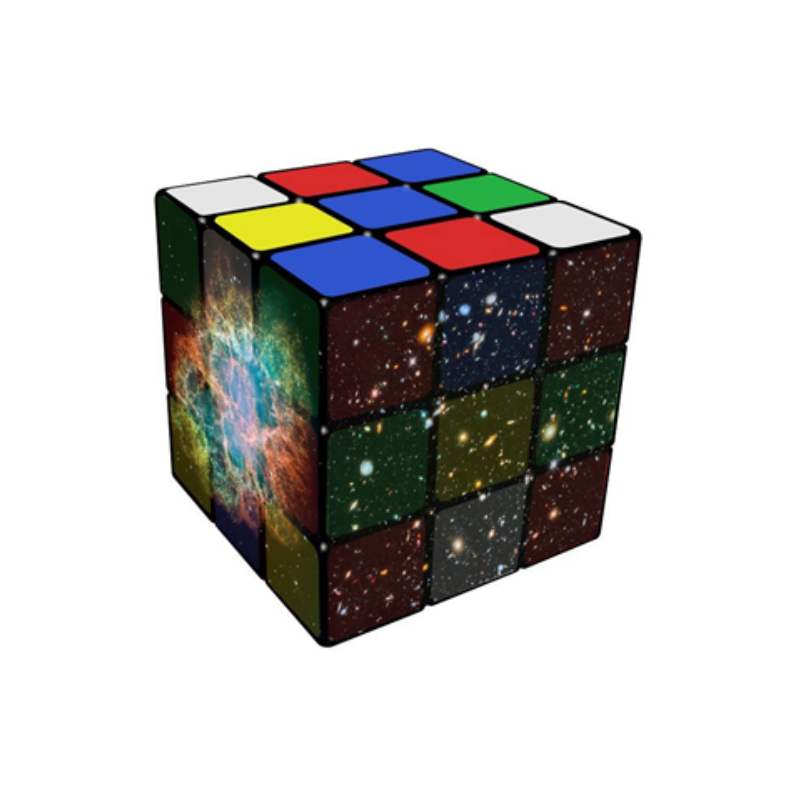
CUBES
Cassegrain U–Band Efficient Spectrograph
SHORT DESCRIPTION
CUBES is a ground-breaking ultraviolet spectrograph to be installed on the Very Large Telescope at ESO’s Paranal Observatory in Chile.
On February 15, 2022, INAF President at the time Marco Tavani and ESO Director General Xavier Barcons, signed the Construction Agreement of CUBES. After a preparatory study phase lasting about a year (the so-called phase A), the operational phase (also called phase B) finally begins, which includes the development of the instrument’s design, its construction and its installation at the VLT.
The CUBES project is carried out by a consortium of institutes from five countries led by INAF together with Brazil, Germany, Great Britain and Poland.
“This is the first time that an instrument for the Very Large Telescope has been designed by an Italian-led consortium“, comments Marco Tavani, President of INAF.
This important stage testifies to the leadership role of the Italian astronomical community in the international scientific panorama.
ROLE OF THE OBSERVATORY
INAF-OAB is strongly involved in the project.
Stefano Covino, who holds the role of deputy of the Principal Investigator of the project, is mainly interested in the astrophysics of transients – objects or phenomena whose duration extends from seconds to days, weeks or even several years.
The efficiency of CUBES in the ultraviolet, combined with the flexibility of the VLT, will allow us to effectively follow sources that otherwise would have been almost undetectable from the Earth.
“The ultraviolet band is traditionally difficult for observations from Earth due to the absorptions of our atmosphere”, says Stefano Covino who then continues, “but depending on the distance, or rather on the red shift, of the observed source, it allows us to access to information otherwise not obtainable.Not to mention sources such as kilonovae which are produced following the coalescence of compact objects with at least one neutron star and which are powerful sources of gravitational waves.These objects for a few hours after formation can be very bright precisely in the ultraviolet band, making feasible observations of other diagnostic power“.
The VLT and CUBES combination will have an overall efficiency that will make it competitive even when the large 40m diameter ELT telescope goes into operation.
As Matteo Genoni (System Engineer) comments: “designing a highly efficient instrument in the ultraviolet band, from about 300 to 400 nm, requires an intense design effort and optimization of the various components.”
OBSERVATORY STAFF INVOLVED
- Stefano Covino – Deputy Principal Investigator
- Matteo Genoni – System Engineer
TIMELINE
2021 – 2029
WEBSITE
CONTACT
stefano.covino AT inaf.it
CREDIT
Web page content: S. Covino.
